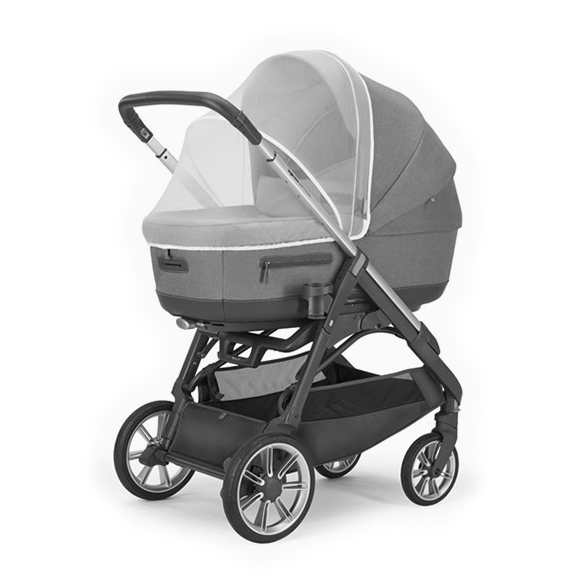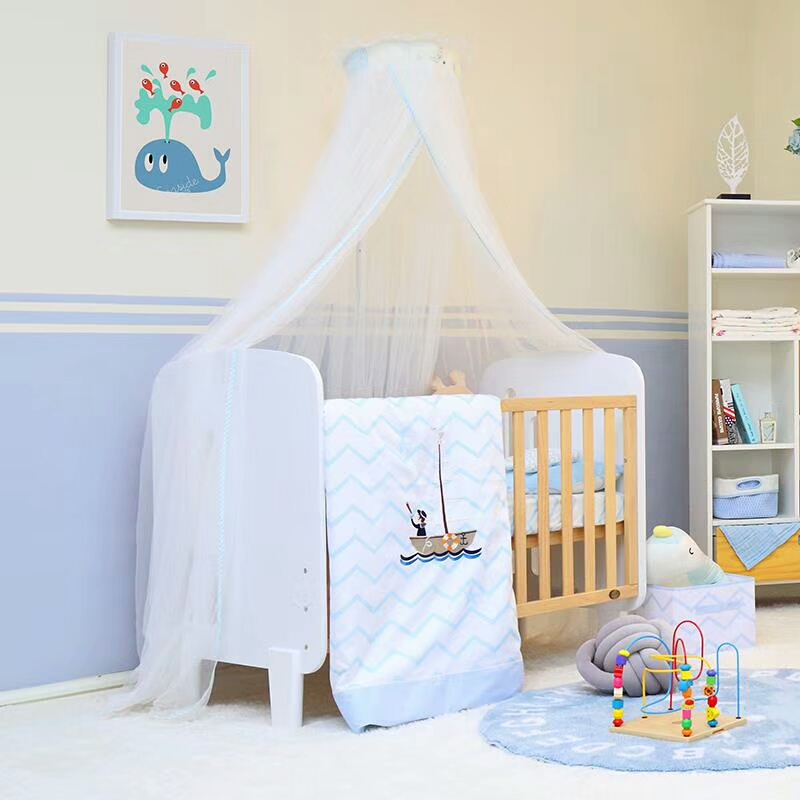A Guide to Removing Common Stains from Childrens Bedding
Childrens bedding is often susceptible to a variety of accidental stains, from spilled juice to inadvertent crayon marks. If not handled properly, these stains can cause permanent damage to the fabrics. This article provides a series of professional, safe, and effective cleaning methods to help you easily address these common challenges and maintain the cleanliness and comfort of your child's bedding.

Essential Preliminary Steps
Before attempting to remove any stain, adhering to the following key steps will lay the groundwork for successful cleaning:
Act Quickly: The shorter the time a stain sets, the higher the likelihood of its complete removal.
Blot, Don't Rub: For liquid stains, use a clean white cloth or paper towels to blot and absorb as much liquid as possible. Avoid rubbing, as this can spread the stain and drive it deeper into the fibers.
Perform a Colorfastness Test: Before applying any cleaning agent, always test it on an inconspicuous area of the bedding to ensure it does not cause fading or damage.
Removing Juice and Other Sugary Drink Stains
These stains contain sugars and colorants that require prompt attention to prevent setting.
You will need: Cold water, liquid dish soap, white vinegar
Procedure:
Blot Immediately: Use a paper towel to blot up as much of the liquid as possible.
Flush with Cold Water: Turn the stained fabric over and flush the back of the stain with a steady stream of cold water. This helps push the stain out of the fibers rather than forcing it further in.
Apply Dish Soap: Apply a small amount of liquid dish soap directly to the stain. Its formulation is effective at breaking down oils and sugars. Gently work it into the stain using your fingers or a soft-bristled brush in a circular motion from the outside in. Let it sit for 10-15 minutes.
Vinegar Treatment (For Persistent Color): If concerned about color residue, mix equal parts white vinegar and cold water in a spray bottle. Mist the stained area and let it sit for 15 minutes. The vinegar helps break down the colorants.
Standard Washing: Finally, launder the bedding in the washing machine using a cold or warm water cycle. It is important to avoid hot water, as it can set protein-based stains and make them more difficult to remove.
Eliminating Crayon and Marker Marks
Crayons are made of oily wax, while washable markers are water-based; they require different approaches.
You will need: Kraft paper or plain white paper, an iron, liquid dish soap, rubbing alcohol (for markers)
Procedure:
For Crayon Stains (Heat Transfer Method):
Place several layers of paper towels or kraft paper both under and over the stained area.
Set your iron to a low heat setting with no steam.
Slowly iron over the top sheet of paper. The heat will melt the wax, which will then be absorbed by the paper layers.
Replace the paper as it becomes saturated with wax until no more transfers.
Follow-up:
If any color residue remains, apply liquid dish soap to the area as a pre-treatment before laundering as usual.
For Washable Marker Stains:
Dab the stain with a cotton ball soaked in a small amount of rubbing alcohol until the color lifts, then wash normally.
Addressing Other Common Stains
Blood Stains: Always use cold water. Apply a small amount of hydrogen peroxide (3%) to the stain, allow it to bubble and react, then rinse with cold water and launder.
Urine Stains: To eliminate odors and clean the area, first spray with a 1:1 mixture of white vinegar and water. After letting it sit, sprinkle with a little baking soda before washing. Baking soda is a natural deodorizer.
Vomit Stains: Carefully scrape off solid matter. Then, make a paste from baking soda and water, apply it to the stain, and let it dry completely. Brush off the dried paste and rinse the area with cold water before washing.
Preventative Measures and Maintenance
Implementing a few preventative strategies can significantly reduce cleaning efforts.
Bedding Selection: Opt for darker colors or bedding with busy patterns, which can help camouflage minor stains that are not entirely removed.
Use a Mattress Protector: Placing a waterproof mattress protector between the sheet and the mattress is the most effective barrier against liquid spills.
Establish Good Habits: Encourage children to avoid eating or drawing on their beds.
Sun-Drying: Air-drying cleaned bedding in the sunlight is a natural method for disinfection and bleaching, and it imparts a fresh scent.
Conclusion
The key to managing stains on children's bedding lies in prompt and correct action. By mastering these scientific cleaning methods, you can confidently handle various accidents, effectively maintaining the hygiene and appearance of bedding for a cleaner and healthier sleep environment for your child.






